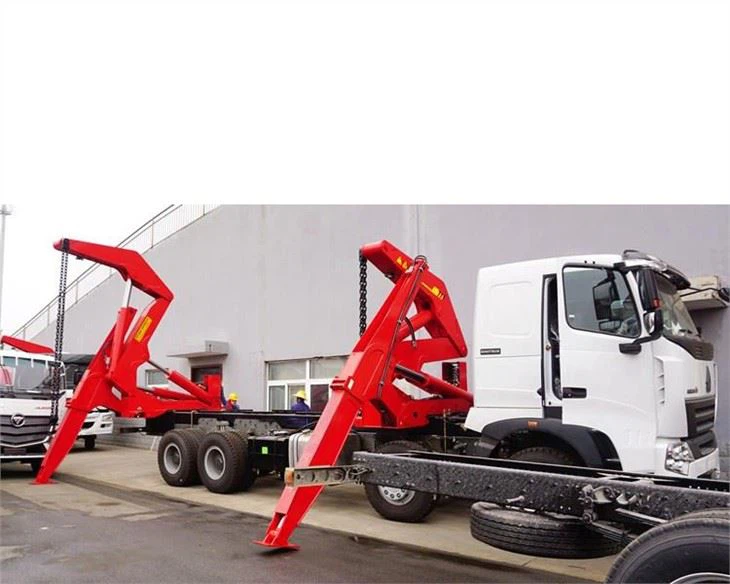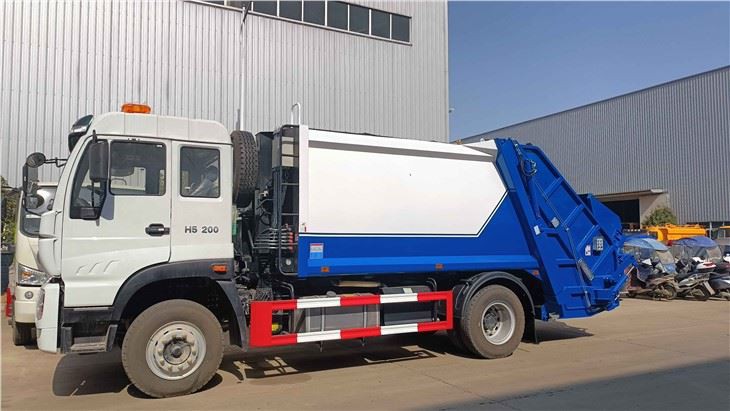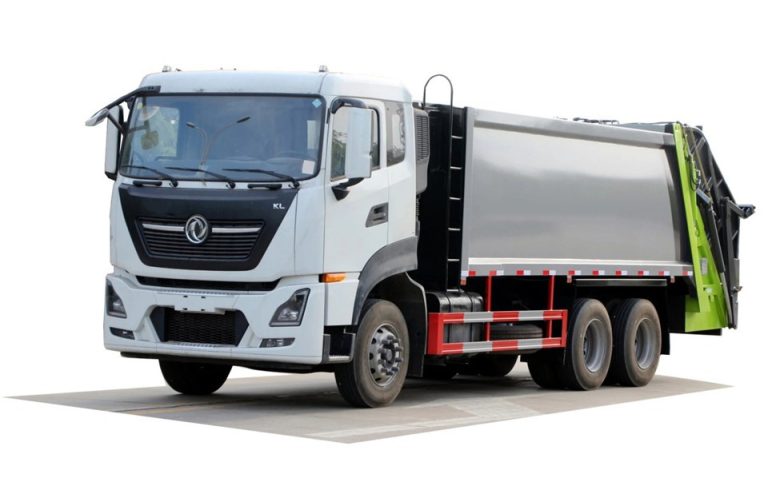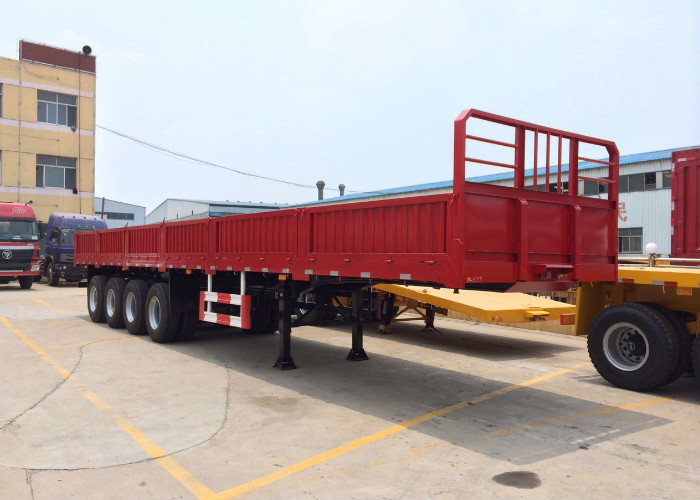Fire engines are critical tools in firefighting and rescue operations. Each type of fire engine is designed to serve specific purposes, enhance safety, and improve response times. This article will explore the various types of fire engines, their unique features, and their roles in emergency responses. From the traditional pumper trucks to specialized vehicles, understanding the diversity in fire engine types can help communities better appreciate their local fire services.
Table of Contents
- Introduction to Fire Engine Types
- Types of Fire Engines
- Fire Engine Specifications
- Importance of Different Fire Engine Types
- Factors Influencing Fire Engine Design
- The Future of Fire Engines
- Frequently Asked Questions
Introduction to Fire Engine Types
Fire engines come in various configurations tailored to meet different firefighting challenges. Understanding these types is key to appreciating how firefighters combat blazes and respond to emergencies. The design, equipment, and capabilities of a fire engine significantly affect its performance in various situations, from urban high-rises to rural areas and wildfires. This article delves into the various types of fire engines, focusing on their features, uses, and importance in firefighting strategies.
Types of Fire Engines
Pumper Engines
Pumper engines are the most recognizable type of fire truck, responsible for carrying water and firefighting equipment to the scene of an incident. They typically feature a fire pump, water tank, and hoses. Some essential details include:
- Water Capacity: Ranges from 500 to 1,500 gallons.
- Pump Capacity: Can pump up to 2,500 gallons per minute (GPM) depending on size and design.
- Primary Use: Suppression of fires and emergency rescue operations.
Example: Many urban fire departments, such as the New York City Fire Department, operate various pumper engines to combat residential and commercial fires.
Aerial Engines
Aerial engines are equipped with large extendable ladders or aerial platforms that provide access to high-rise buildings or difficult-to-reach areas. Key features include:
- Ladder Height: Ranges from 75 to 150 feet.
- Water Streams: Equipped with the capability to project large water streams from the aerial platform.
- Primary Use: Rescues from heights and ventilation operations.
Example: Consider cityscape areas where firefighters need to reach upper floors quickly during a fire, as is common in cities like Chicago or Los Angeles.
Type 6 Engines
Type 6 engines are smaller, more agile units, perfect for off-road conditions and wildfires. Features include:
- Water Capacity: Smaller tanks ranging from 300 to 500 gallons.
- Terrain Capabilities: Designed for rugged terrain, making them ideal for forested areas.
- Primary Use: Wildland firefighting and rapid response.
Example: These engines are often used by the U.S. Forest Service for battling wildfires in national forests.
Quint Engines
Quint engines merge features of pumper trucks and aerial devices, offering versatility. Notable aspects include:
- Ladder Length: Generally equipped with a ladder of at least 75 feet.
- Water Pump: Can perform as both a pumper and an aerial device.
- Primary Use: Mixed-use situations requiring water delivery and reach.
Example: A quint engine may be deployed in suburban areas where both firefighting and aerial access are necessary but without immediate access to a dedicated aerial unit.
Squad Engines
Squad engines are designed for rapid intervention, often providing technical rescue capabilities. Key characteristics include:
- Size: Generally smaller than standard pumper engines.
- Equipment: Furnished with rescue tools and medical supplies.
- Primary Use: Emergency medical services and technical rescues.
Example: Many departments use squad engines as first responders for accidents requiring immediate medical attention, especially in areas with heavy traffic.
Tanker Engines
Tanker engines transport large quantities of water, crucial for areas lacking hydrants. Key attributes include:
- Water Capacity: Can hold 1,000 to over 3,000 gallons of water.
- Delivery Systems: Able to transfer water quickly to an engine at the fire scene.
- Primary Use: Supplying water for fire containment, especially in rural regions.
Example: Rural fire departments often rely on tanker engines during wildfires when nearby water sources are scarce.
Foam Engines
Foam engines are specialized vehicles that carry foam agents to fight liquid fuel fires. Important aspects include:
- Foam Types: Class A or Class B foams are used depending on the fire type.
- Tank Capacity: Generally includes foam concentrate tanks alongside the water tank.
- Primary Use: Effective at combating fuel fires, such as those involving chemicals or vehicles.
Example: Fire departments in industrial areas often maintain foam engines to handle hazardous material incidents effectively.
Rescue Engines
Rescue engines focus primarily on emergency medical response and technical rescue operations. Key features are:
- Equipment: Stocked with medical gear, rescue tools, and extrication devices.
- Size: Smaller than traditional fire engines for swift maneuverability.
- Primary Use: Vehicle accidents, medical emergencies, and specialized rescues.
Example: Cities like San Francisco operate large rescue engines that respond to various emergencies, emphasizing medical capabilities.
Fire Engine Specifications
Understanding Different Specifications
Every fire engine type has specific features tailored for its operational needs. This section details important specifications that differentiate fire engines:
| Type | Water Capacity (gallons) | Pump Capacity (GPM) | Ladder Height (feet) | Primary Use |
|---|---|---|---|---|
| Pumper Engine | 500-1,500 | Up to 2,500 | N/A | Fire suppression |
| Aerial Engine | 500-1,000 | Up to 2,000 | 75-150 | Rescue and ventilation |
| Type 6 Engine | 300-500 | Up to 150 | N/A | Wildland firefighting |
| Quint Engine | 500-1,000 | Up to 2,000 | 75-100 | Mixed emergencies |
| Squad Engine | 400-750 | Up to 1,500 | N/A | Medical emergencies |
| Tanker Engine | 1,000-3,000 | N/A | N/A | Water supply in rural areas |
| Foam Engine | 500-1,000 | Up to 1,500 | N/A | Fuel fires |
| Rescue Engine | 500-1,000 | Up to 1,500 | N/A | Technical rescues |
Importance of Different Fire Engine Types
Having diverse fire engine types is essential for a well-rounded firefighting strategy. Each type addresses specific challenges and environments:
- Urban Settings: Aerial and pumper engines are crucial in cities for high-rise structures.
- Rural Areas: Tanker and Type 6 engines ensure that remote locations receive adequate water supply and support.
- Hazardous Materials: Foam engines are indispensable for industrial areas with the risk of fuel fires.
- Medical Emergencies: Rescue and squad engines enhance the capacity for immediate medical care at accident scenes.
Factors Influencing Fire Engine Design
The design of a fire engine is influenced by various factors, such as:
Location Needs
Urban fire departments require larger vehicles with advanced equipment, while rural departments may prioritize smaller, more versatile units.
Response Time
Fire engine designs aim to facilitate quick access and maneuverability. Engineers consider the average response time required for different types of emergencies.
Weather and Environmental Conditions
Designs account for local weather patterns and terrain. For instance, fire engines in areas prone to wildfires often include fire-resistant materials and adaptations for rugged landscapes.
Available Budget
Constrained budgets can limit the types of vehicles a department can afford, leading some to opt for multi-functional vehicles like quints.
The Future of Fire Engines
The landscape of firefighting is changing, with advancements in technology and equipment influencing fire engine design:
Electric Fire Engines
The development of electric fire engines is on the rise, aiming to reduce emissions and fuel costs.
Advanced Communication Systems
New fire engines may feature integrated technology for enhanced communication between units and command centers, improving coordination during emergencies.
Improved Safety Features
Future fire engines are likely to include advanced safety measures, such as automatic collision avoidance systems, ensuring the safety of both firefighters and civilians.
Frequently Asked Questions
What is the difference between a pumper and a tanker engine?
Pumper engines are equipped to extinguish fires by carrying water and firefighting equipment, while tanker engines primarily transport large quantities of water, especially in areas without hydrants.
How do fire engines get their water supply during emergencies?
Fire engines typically draw water from fire hydrants, but in areas where hydrants are not available, they use onboard water tanks or fill from nearby water sources such as lakes or rivers.
Can all fire engines be used for rescue operations?
While some fire engines, like rescue engines and squad engines, are specifically designed for rescue operations, many pumper and aerial engines can also perform basic rescue tasks depending on the equipment they carry.
What role does the fire engine design play in firefighting effectiveness?
Fire engine design influences maneuverability, equipment access, and water supply, which are all crucial for efficient emergency response and firefighting efforts.
Are there different fire engines for different types of fires?
Yes, the type of fire often dictates which fire engine is deployed. For instance, foam engines are better suited for chemical or fuel fires, while pumper engines are versatile for residential fires.



